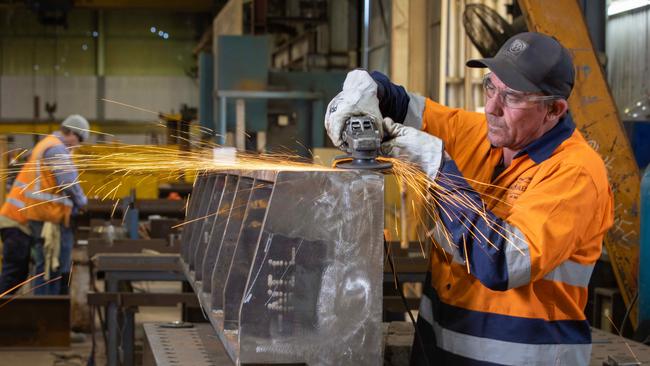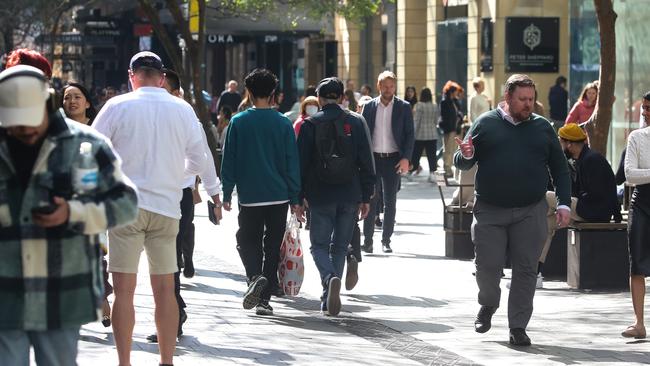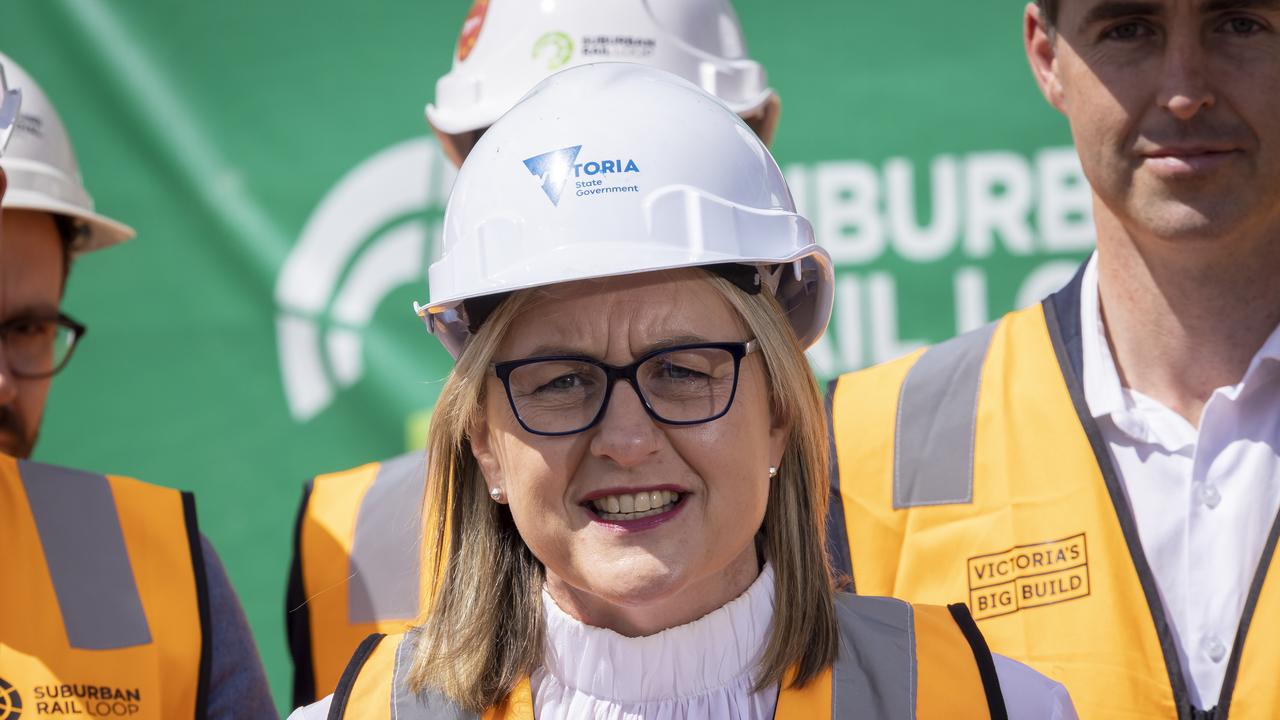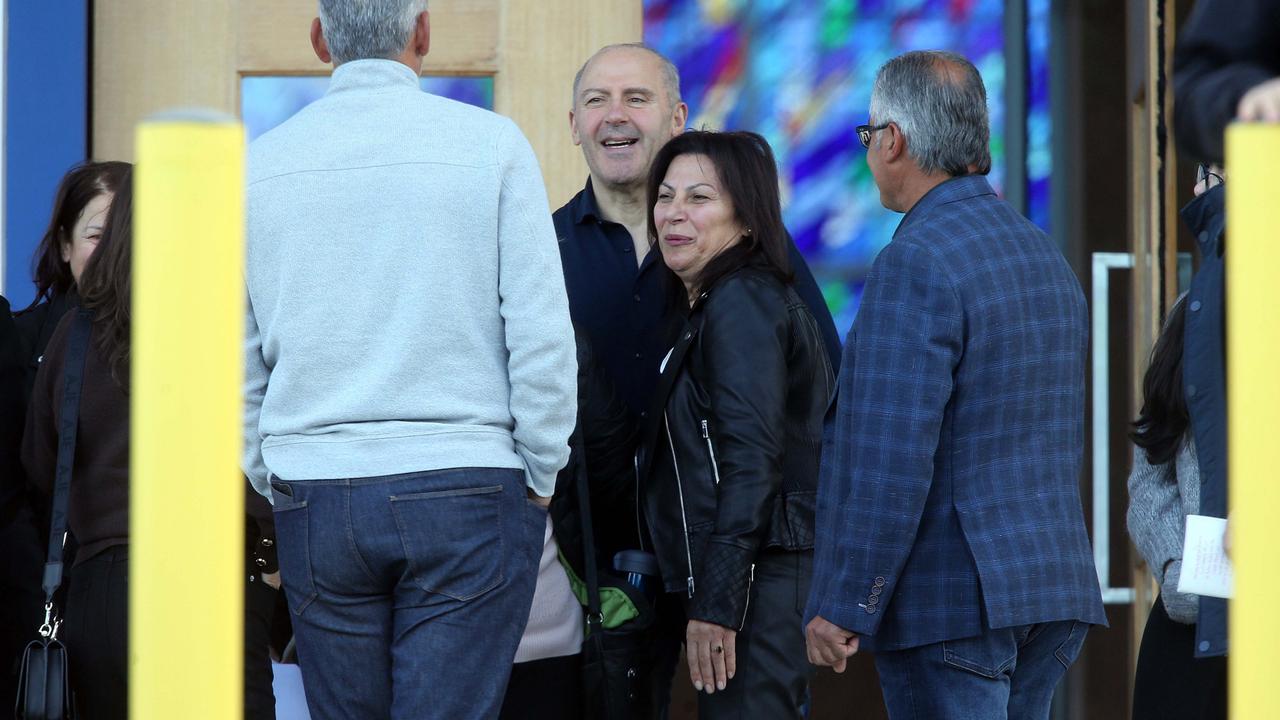Rates on hold as economy slows sharply
The Australian economy will finish the financial year in reasonable shape, buoyed by the export sector but ahead of what could be a more challenging 2023-24.

Stalling household spending would drive Australia’s economic growth rate to below 2 per cent in the year to June, as economists warn the worst of the damage from high interest rates would be felt through the second half of 2023.
With inflation falling and consumption in retreat, analysts and investors believe the Reserve Bank board will hold the cash rate at 4.1 per cent for a third straight meeting on Tuesday, in what will be governor Philip Lowe’s last before he is replaced by his deputy, Michele Bullock.
Despite the sharp fall in growth, economists believe the Australian economy will finish the past financial year in reasonable shape, buoyed by the export sector but ahead of what could be a more challenging 2023-24 amid China’s slowdown and the ongoing hit to households from high interest rates.
CBA senior economist Belinda Allen said she expected national accounts figures to be released on Wednesday would show real GDP lifted 0.3 per cent in the June quarter – a slight lift from the paltry 0.2 per cent growth rate recorded over the first three months of this year.
Annual growth, however, would slow from 2.4 per cent to 1.7 per cent, Ms Allen said, well below a more typical growth rate of 2.5 per cent in the decade leading up to the pandemic.
She said the predicted growth looked even weaker after accounting for a booming 2.8 per cent jump in population in the past financial year, as net migration played catch-up following the Covid border closures.

That suggested that while the country remained well clear of a recession heading into the new financial year, economic growth on a per-capita level would be firmly negative and pointed to declining prosperity at an individual level.
Ms Allen said annual growth would slow to 0.7 per cent by the end of this year, but that this would be the low point before a “gradual” recovery through 2024.
Treasury has pencilled in only marginal quarterly growth through the back half of 2023, and warned that it would not take much for an external shock – such as a sharp Chinese downturn – to put the economy into reverse.
With inflation and growth in retreat, Ms Allen said “we think there’s an opportunity for the Reserve Bank to start cutting rates in March 2024”, although “that could be a bit early if services inflation is more persistent”.
Jim Chalmers said the national accounts would “inevitably show the impact on our economy of high interest rates, high but moderating inflation and continuing global uncertainty”.
“We’ve been clear and upfront that we expect growth in our economy to slow considerably over the next year, and that’s been apparent in recent retail and building approvals data,” the Treasurer said.
“This month the government is rolling out billions of dollars of further targeted and responsible cost-of-living relief to Australian households in a way that doesn’t add to the inflation challenge.”

Barrenjoey senior economist Johnathan McMenamin forecast a “solid” 0.5 per cent quarterly growth rate in June, implying an annual pace of 1.9 per cent.
But Mr McMenamin said net exports would contribute 0.7 percentage points to growth, as consumption stalled in the three months.
“Population growth is hiding what is a very large per capita recession out there,” Mr McMenamin said.
EY chief economist Cherelle Murphy said the slowdown in growth was inevitable and unsurprising as interest-rate sensitive segments such as consumption and home-building dragged on growth.
“We are in the middle of a response to monetary policy tightening,” Ms Murphy said.
“So far the economy is softer, but it’s certainly not a disaster, and at this stage you wouldn’t think we are going to get a recession.
“If this is what it is looking like, then we have got to be pretty happy.”
AMP chief economist Shane Oliver said he expected a “bit of a pick-up” in the economy through the June quarter, forecasting a still “subdued” growth rate of 0.4 per cent over the three months.
Dr Oliver said the consumer remained the “key area of weakness”, and that net exports would help prop up the real GDP figure in the June quarter as household spending withered further.
“I was thinking the risk of a recession had gone up to 50 per cent, but the chance is less than that now, so we might get away with it,” he said.
Dr Oliver said he still expected the second half of 2023 to prove more difficult than the first, and that the RBA could begin taking the foot off the brakes in February or May as inflation retreats to 3 per cent by the middle of next year, from 6 per cent now.







To join the conversation, please log in. Don't have an account? Register
Join the conversation, you are commenting as Logout